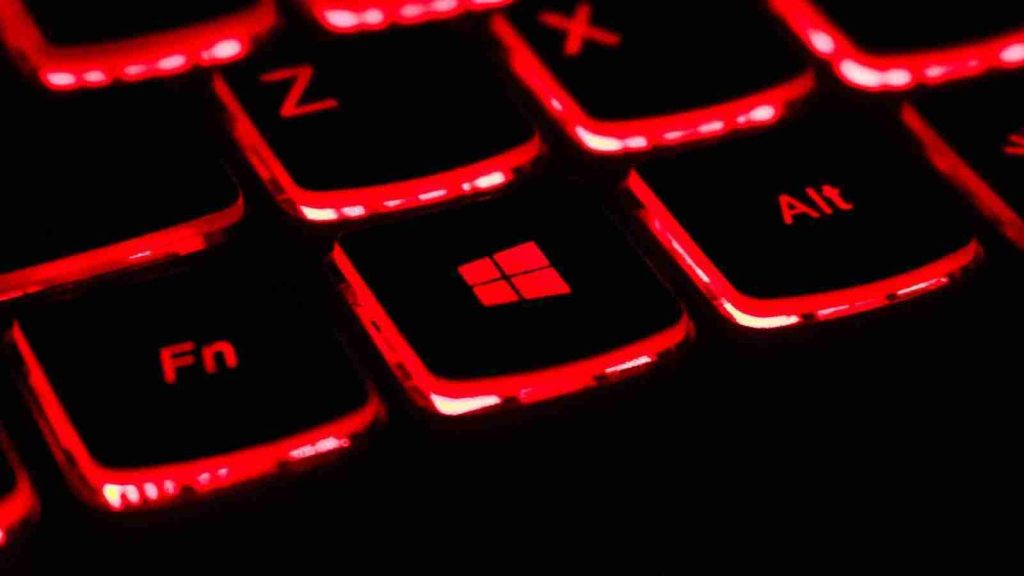
A newly discovered and previously undocumented UEFI (Unified Extensible Firmware Interface) bootkit has been used by attackers to backdoor Windows systems by hijacking the Windows Boot Manager since 2012.
Bootkits are malicious code planted in the firmware (sometimes targeting UEFI) invisible to security software that runs within the operating system since the malware is designed to load before everything else, in the initial stage of the booting sequence.
They provide threat actors with persistence and control over an operating systems’ boot process, making it possible to sabotage OS defenses bypassing the Secure Boot mechanism if the system boot security mode is not properly configured. Enabling ‘thorough boot’ or ‘full boot’ mode would block such malware as the NSA explains).
The bootkit, dubbed ESPecter by ESET researchers who found it, achieves persistence on the EFI System Partition (ESP) of compromised devices by loading its own unsigned driver to bypass Windows Driver Signature Enforcement.
“ESPecter was encountered on a compromised machine along with a user-mode client component with keylogging and document-stealing functionalities, which is why we believe ESPecter is mainly used for espionage,” ESET security researchers Martin Smolár and Anton Cherepanov said.
Also Read: The Importance of Data Protection Management System (DPMS)
“Interestingly, we traced the roots of this threat back to at least 2012, previously operating as a bootkit for systems with legacy BIOSes.”
The malicious driver deployed on compromised Windows computers is used to load two payloads (WinSys.dll and Client.dll) that can also download and execute additional malware.
WinSys.dll is an update agent, the component used to reach out to the command-and-control (C2) server for further commands or more malicious payloads.
As the researchers found, WinSys.dll can exfiltrate system info, launch other malware downloaded from the C2 server, restart the PC using ExitProcess (only on Windows Vista), and get new configuration info and save it to the registry.
Client.dll, the second payload, acts as a backdoor with automatic data exfiltration capabilities, including keylogging, document stealing, and screen monitoring via screenshots.
ESET also found ESPecter versions that target Legacy Boot modes and achieving persistence by altering the MBR code found in the first physical sector of the system disk drive.
Patching the Windows Boot Manager (bootmgfw.efi) requires for Secure Boot (which helps check if the PC boots using trusted firmware) to be disabled.
As the researchers discovered, attackers have deployed the bootkit in the wild, which means they’ve found a method to toggle off Secure Boot on targeted devices.
Also Read: 4 Major Guidelines of Data Protection Employee Rights
Even though right now there’s no hint of how the ESPecter operators achieved this, there are a few possible scenarios:
Publicly documented attacks using bootkits in the wild are extremely rare — the FinSpy bootkit used to load spyware, Lojax deployed by the Russian-backed APT28 hacker group, MosaicRegressor used by Chinese-speaking hackers, and the TrickBoot module used by the TrickBot gang.
“ESPecter shows that threat actors are relying not only on UEFI firmware implants when it comes to pre-OS persistence and, despite the existing security mechanisms like UEFI Secure Boot, invest their time into creating malware that would be easily blocked by such mechanisms, if enabled and configured correctly.”
To secure your systems against attacks using bootkits like ESPecter, you are advised to ensure that:
Further technical details on the ESPecter bootkit and indicators of compromise can be found in ESET’s report.
Importance of Efficient Access Controls that every Organisation in Singapore should take note of. Enhancing…
Prioritizing Security Measures When Launching a Webpage That Every Organisation in Singapore should take note…
Importance of Regularly Changing Passwords for Enhance Online Security that every Organisation in Singapore should…
Comprehensive Approach to Data Protection and Operational Integrity that every Organsiation in Singapore should know…
Here's the importance of Pre-Launch Testing in IT Systems Implementation for Organisations in Singapore. The…
Understanding Liability in IT Vendor Relationships that every Organisation in Singapore should look at. Understanding…
This website uses cookies.